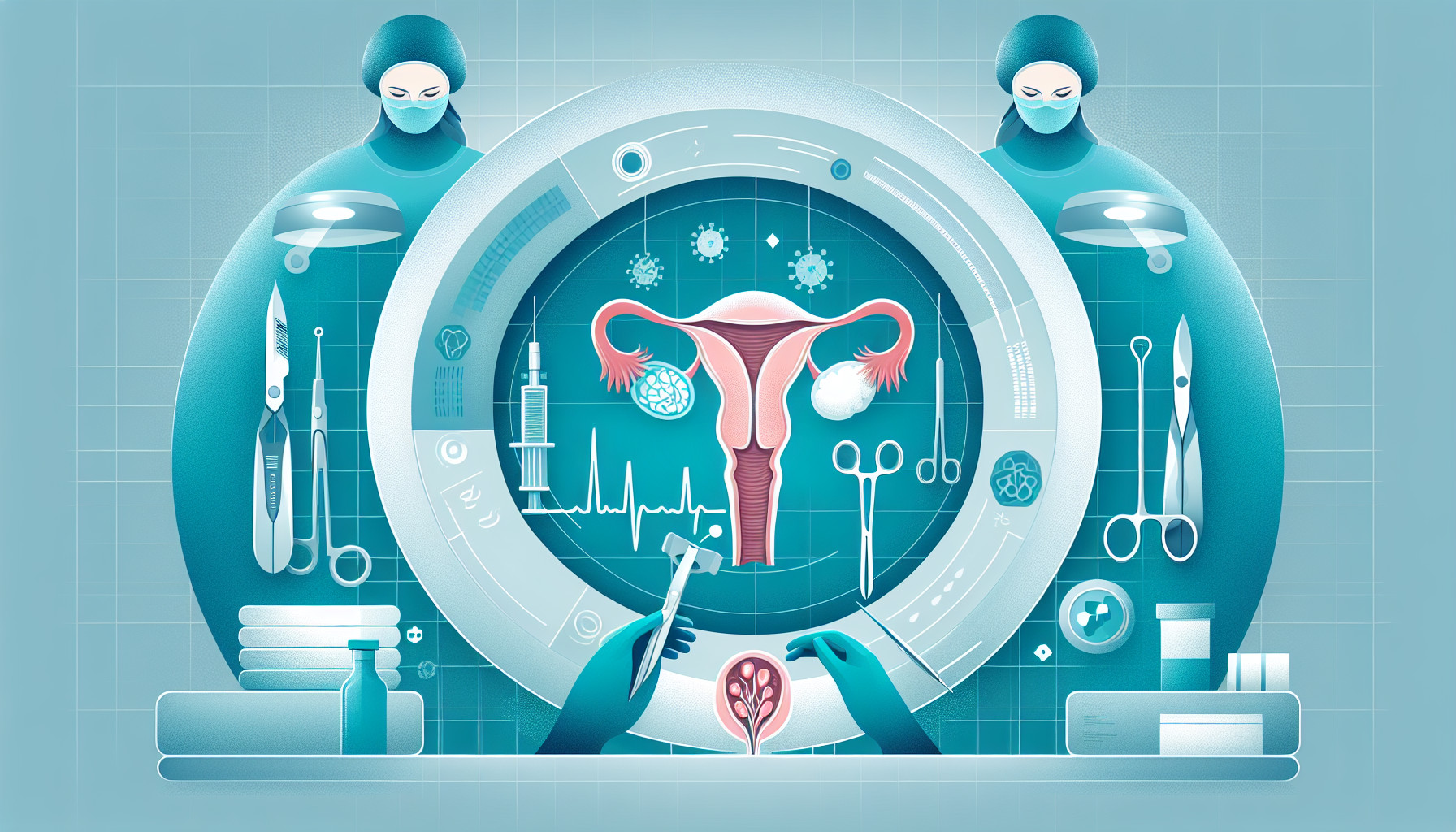Our Summary
This research paper is about an 11-year-old child who had severe, ongoing stomach pain. It was discovered that she had a large abscess, or collection of pus, inside her abdomen along with a dermoid cyst, which is a type of benign tumor that can contain a variety of tissues. When doctors performed exploratory surgery, they found a lot of inflammation and infection in the pelvic area, significant adhesions (bands of scar-like tissue), an ovarian cyst, a shorter than normal appendix with a thickened tip, and pus-filled fluid in a pouch within her abdomen. These findings indicated that her appendix had burst, leading to the large abscess and affecting the nearby ovarian cyst. The doctors removed her appendix.
The child responded well to ongoing treatment with antibiotics delivered directly into her vein, and the tube used to drain the abscess was removed when she left the hospital. She was given additional antibiotics to take at home for two weeks. When she returned for a check-up, an ultrasound showed that the cyst had significantly reduced in size and no further treatment was needed.
FAQs
- What were the findings of the exploratory laparoscopy in the 11-year-old patient?
- What treatment was given after the discovery of the ruptured appendix and ovarian dermoid cyst?
- What was the outcome and follow-up treatment for the patient after the surgery and discharge?
Doctor’s Tip
One helpful tip a doctor might tell a patient about ovarian cyst removal is to follow post-operative care instructions carefully to ensure proper healing and minimize the risk of complications. This may include taking prescribed medications, avoiding strenuous activities, and attending follow-up appointments as recommended. Additionally, it is important to contact your doctor if you experience any unusual symptoms or signs of infection after surgery.
Suitable For
Patients who may be recommended for ovarian cyst removal include those with:
- Large cysts that are causing symptoms such as pelvic pain, bloating, and pressure.
- Cysts that are growing rapidly or are at risk of rupturing.
- Cysts that are suspected to be cancerous or have a high risk of becoming cancerous.
- Cysts that are causing infertility or other reproductive health issues.
- Recurrent cysts that are not responding to other treatments.
- Cysts that are causing complications such as torsion (twisting) or rupture.
- Patients with a history of ovarian cancer or a family history of ovarian cancer.
Timeline
Before ovarian cyst removal:
- Patient experiences acute-on-chronic abdominal pain.
- Patient undergoes exploratory laparoscopy to determine the cause of the pain.
- Severe pelvic inflammatory process with a large abscess, ovarian cyst, shortened appendix, and purulent fluid in the cul-de-sac are discovered.
- Appendectomy is performed to remove the ruptured appendix and abscess.
- Patient is treated with intravenous antibiotics and drain is placed for drainage.
- Patient is discharged with oral antibiotics for 2 weeks.
After ovarian cyst removal:
- Patient responds well to continued antibiotic treatment.
- Drain is removed on the day of discharge.
- Follow-up ultrasound shows dramatic resolution of the cyst.
- No further intervention is needed for the patient.
What to Ask Your Doctor
- Why is ovarian cyst removal necessary in my case?
- What are the risks and potential complications associated with ovarian cyst removal surgery?
- What type of surgery will be performed to remove the ovarian cyst (laparoscopic vs. open surgery)?
- What is the recovery time after ovarian cyst removal surgery?
- Will I need any additional treatment or medication after the surgery?
- What can I expect in terms of pain management after the surgery?
- Are there any long-term effects or implications of having an ovarian cyst removed?
- Will removal of the cyst affect my fertility in the future?
- How often will I need follow-up appointments or monitoring after the surgery?
- Are there any lifestyle changes or precautions I should take after the surgery to prevent future ovarian cysts?
Reference
Authors: Yarbrough A, Kramolis K, Patel N. Journal: Pediatr Ann. 2023 Jan;52(1):e36-e38. doi: 10.3928/19382359-20221114-05. Epub 2023 Jan 1. PMID: 36625800
